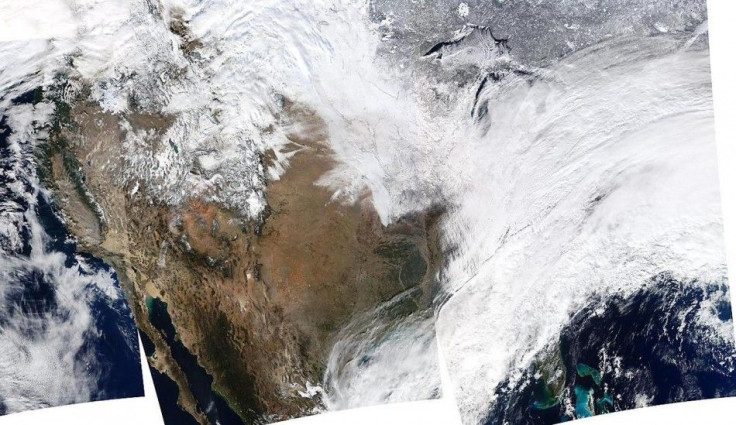NASA News, Features, & Highlights: 2013 Placed 7th in the List of Hottest Years, Climate Change Remains Unstoppable

The US Space Agency NASA announced on Tuesday that the results of study on climate change revealed that 2013 ranked as the 7th warmest year on Earth since the year 1880. The years on top of the charts were 2005 and 2010. The bad news is that the average temperature of the world still has not shown any signs of stopping.
The LA Times recently stated that there has been a slowdown in the rate of global warming for the last ten years. Experts said that it's the combined efforts of people that helped in slowing down this global phenomenon with campaigns like banning substances that deplete the ozone layer.
However, NASA's findings prove to be different.
What NASA Found Out About Climate Change
The normal global temp has increased to 1.4 degrees F since 1880, Shore News Today reported. Some scientists made an emphasis that the patterns of weather may fluctuate from time to time, but what seems to be driving for the long term is the continuous increase in the levels of greenhouse gases. With this, the experts are expecting that almost every succeeding ten years will be warmer than the last.
Unmanned Global Hawk Aircraft Set to Track Climate Change Signs
ZNews reported that NASA plans to send out an unmanned aircraft to help track the signs that further lead to climate change. The Global Hawk aircraft has landed at Guam's Andersen Air Force Base on Thursday and has started science flights on Jan 21. The aircraft was deployed straight from the Dryden Flight Research Centre in California.
Their mission called the Airborne Tropical Tropopause Experiment or the ATTREX will include measuring the levels of moisture on the upper parts of the deepest layers of the Earth's atmosphere. This is the part of the Earth which detects the smallest changes that can contribute to climate change.
Scientists then will use all the data and valuable information gathered to have a better understanding of the processes that transpire in this certain region of the atmosphere. Hopefully, NASA can help in making more accurate and precise predictions of the climate in the future.
(Video Credit: YouTube/VideoFromSpace)




















